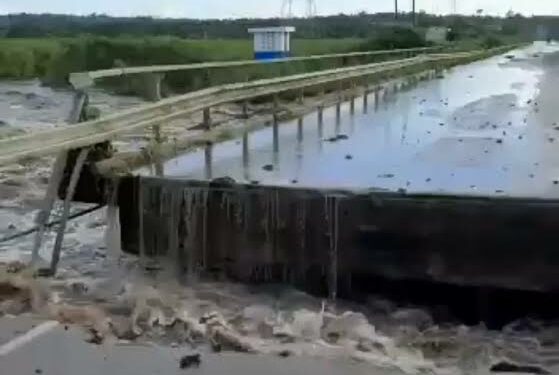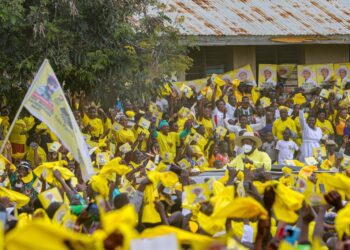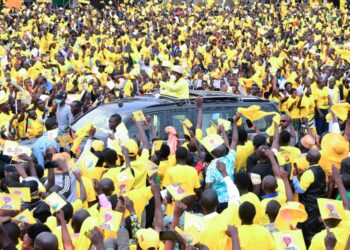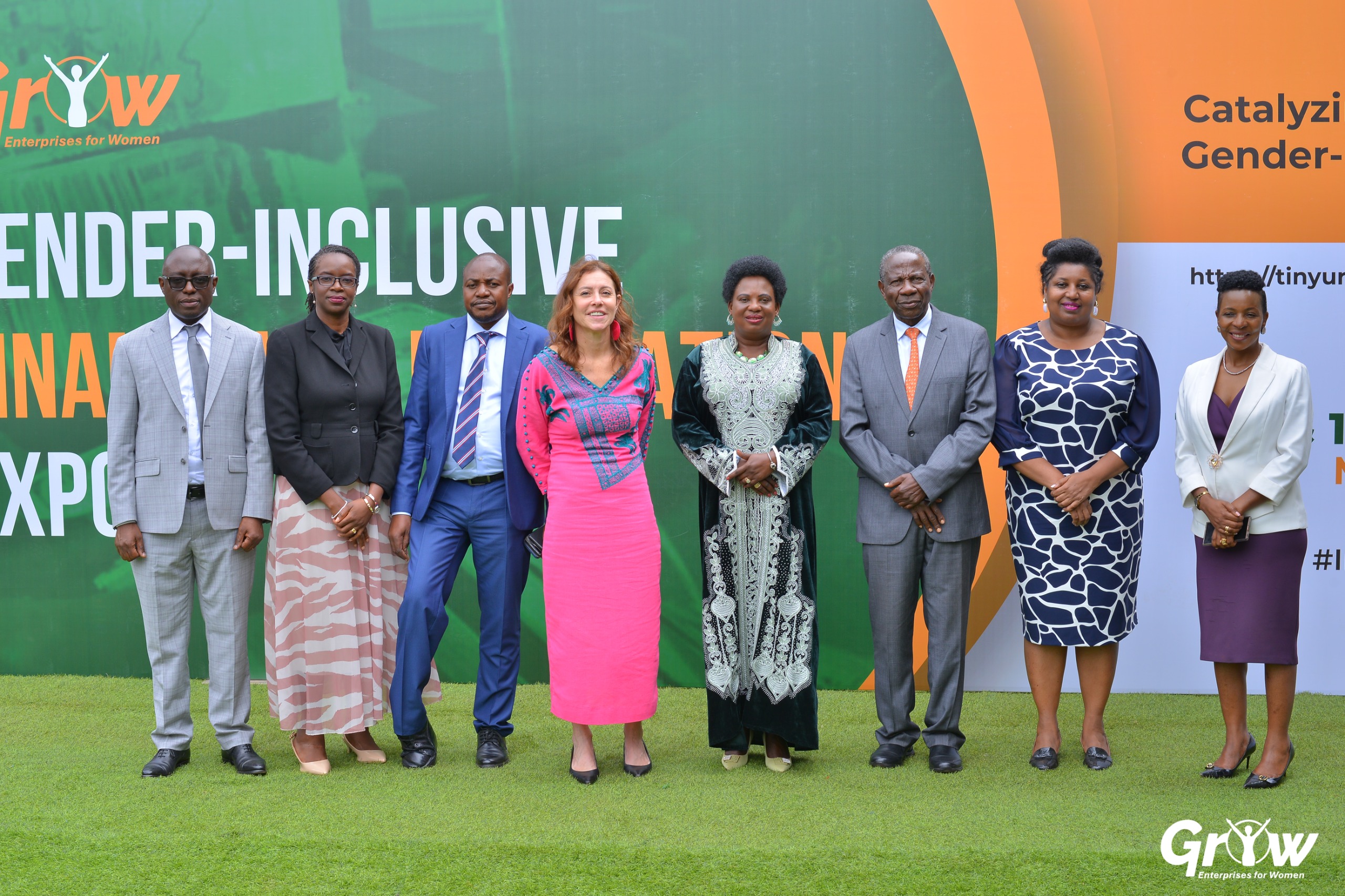The Uganda National Roads Authority (UNRA) has revealed it will take only three weeks for the Bridge on River Katonga, along the Kampala-Masaka highway to be ready for use again.
This was revealed by UNRA spokesperson Allan Sempebwa, raising hopes of normalcy after a convinient and relatively cheap travel blackout, ocassioned by the flooding of river Katonga on May 11th, obliterating the bridge.
“We estimate that it will take approximately three weeks to carry out the necessary emergency repairs on Katonga Bridge,” UNRA spokesperson, Ssempebwa revealed.
The closure of this vital route has suffocated the lifeline of the flourishing trade in the great lakes region, owing to the fact that travel to the southwestern part of the country and neighboring borders, including Tanzania, DR Congo, Rwanda, and Burundi has been seriously hampered.
As a countermeasure, UNRA advised motorists to use the Mpigi-Gomba-Ssembabule route. However, this alternative route is longer, twice the distance of the previous one, and motorists have to incur more in fuel expenses, which will automatically lead to hiking of transport fares.
Worse still, roadside vendors and small scale business operators who relied on serving travelers along the affected route were left in a situation of hopelessness, as their trading activities were greatly hampered.
Another alternative measure put in place by the Ministry of Works and Transport is giving more operational powers to Nation Oil Distributors Limited, known for managing vessels like MV Kalangala and MV NODL for transportation between Entebbe and Kalangala.
These will now provide emergency water transportation services directly between Entebbe and Masaka during this period.
The Managing Director for Nation Oil Distributors, Hajji Sadala Musoke said the MV NODL, a vessel capable of carrying approximately 150 passengers and light cargo has been deployed, to allay the fears of travellers.
“It will depart from Nakiwogo to Bukakata and return later in the day. However, we anticipate that if traffic increases, we can collaborate with the users of the landing site at Bukakata to develop a schedule that allows MV Nodl to service additional routes,” explained Hajji Musoke.
Government has already subsidized transportation charges and travellers will pay a reduced fare of UGX. 15,000. Even as these adaptation measures have supplied a ray of hope to different travellers seeking to reach several destinations, some are genuinely worried about the water limitations of MV NODL, as it does not accommodate vehicles.
Talking to Uganda Radio Network (URN), a businesswoman named Alice Nakamate, who is a frequent traveler on the Masaka-Kampala route, questions the effectiveness of the water route and highlights the delays and inability to transport vehicles as potential challenges.
“Unless the land route is also affected, the water route is not effective. It involves significant delays, and the inability to transport vehicles poses a problem,” Nakamate told URN.
The transport fares for the available land route between Kampala and Masaka via Mpigi-Gomba-Sembabule range between UGX. 25,000 to UGX. 30,000 . As the repairs on Katonga Bridge continue, stakeholders are working to mitigate the impact on transportation and explore feasible alternatives to ensure continued connectivity for travelers in the affected region.
Reacting to these developments, Hon. Mathias Mpuuga Nsamba, the Leader of Opposition in Parliament dismissed concerns that the bridge’s damage may be attributed to substandard engineering and a compromised use of materials, but pointed to the double standards attitude of government, witnessed through keeping a blind eye to sand miners and rice growers in Lwera.
He urged government to concertrate on erecting a temporary bridge, as an immidiate alternative to restoring the vital transportation link.
On his part, Achilles Byaruhanga, the Executive Director of Nature Uganda supplied a neat link between flooding and continued obliteration of the river ecosystem, through intense human activity like sand mining and rice growing.
“People have been encroaching on the swamps around the river. Much of the wetland has been destroyed by people who have been mining sand. Others have been clearing it for crop land,” asserted Byaruhanga.
In contrast, Dr. Barirega Akankwasah, the Executive Director for National Environment Management Authority (NEMA) said that the flooding of River Katonga should not be blamed on rice growing and sand mining, asserting that it is scientifically false and ecologically impossible.
Do you have a story in your community or an opinion to share with us: Email us at editorial@watchdoguganda.com














